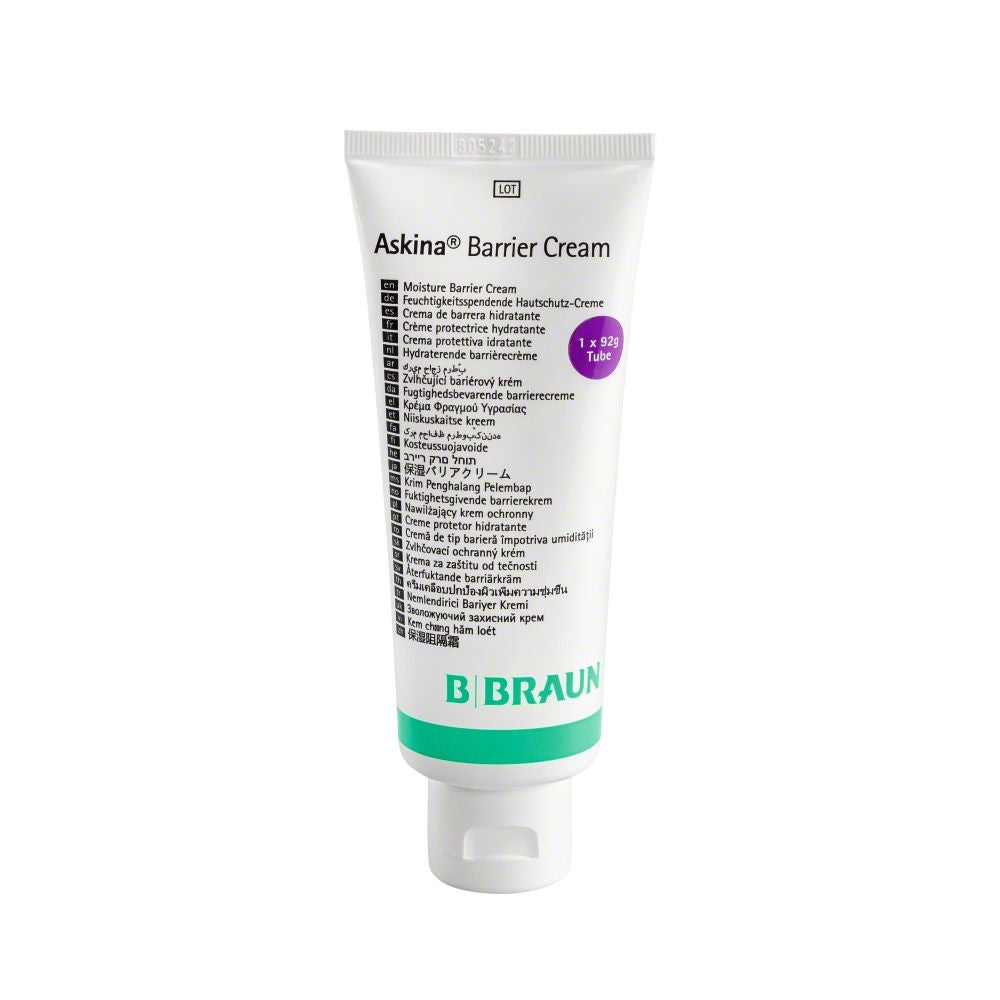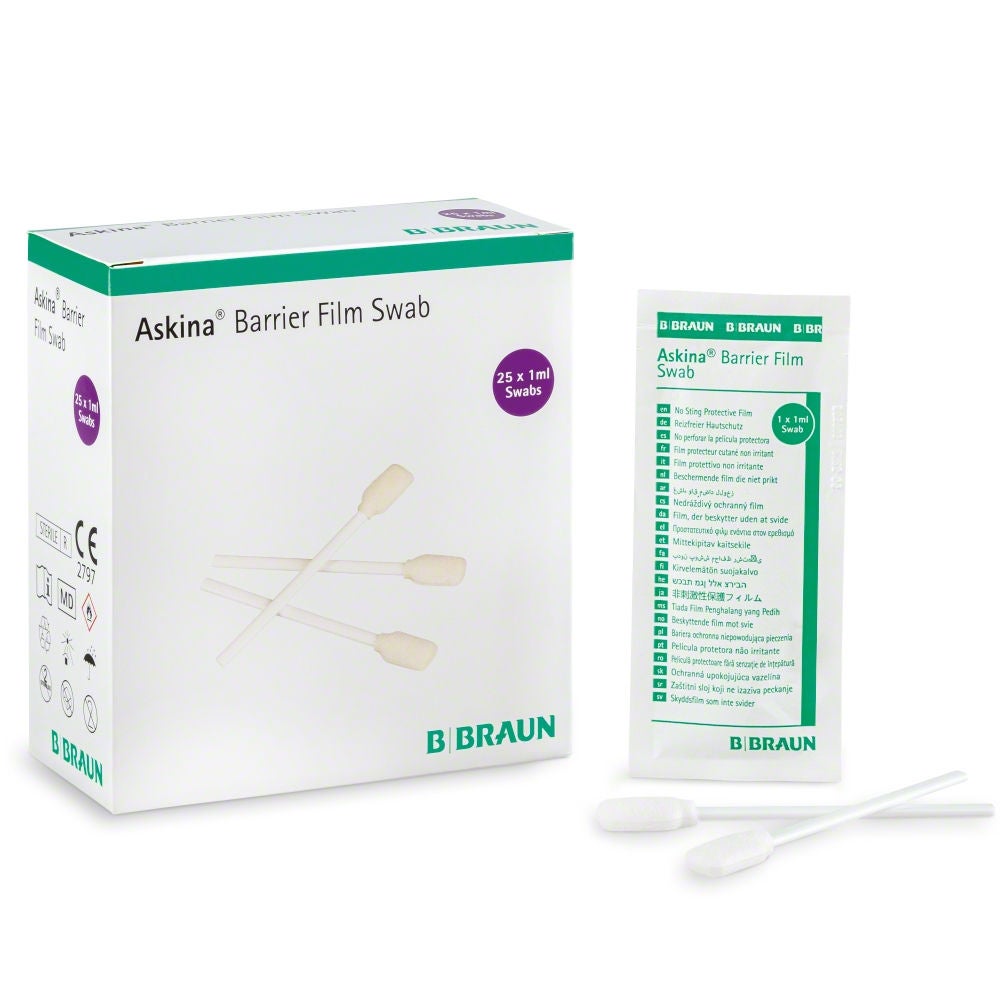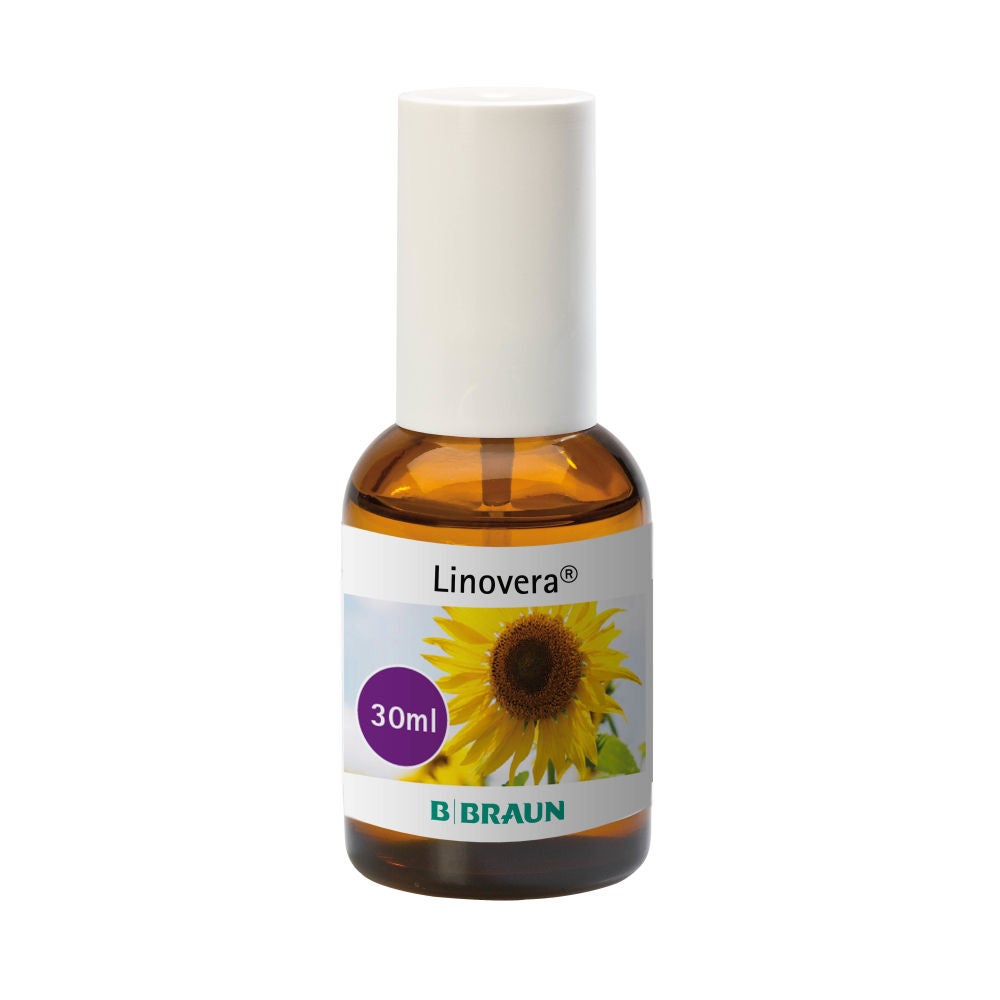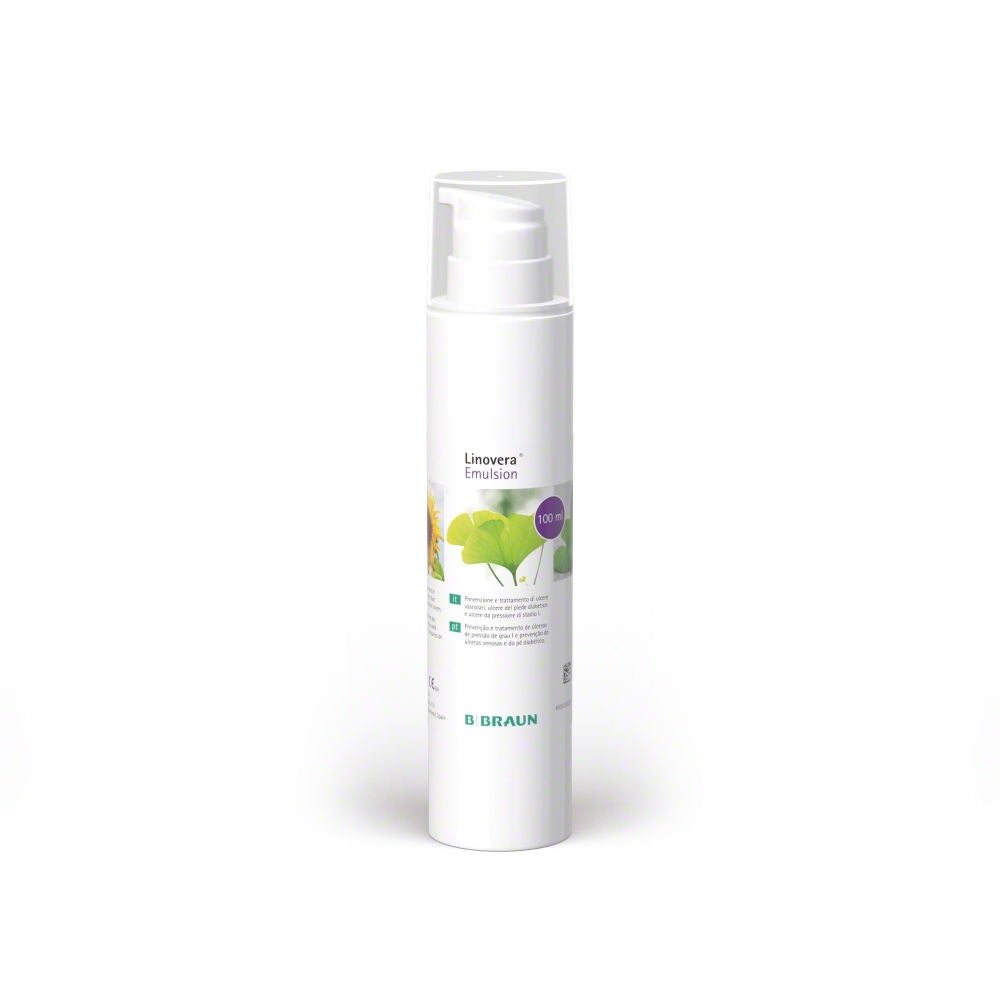You have successfully logged out.
Not registered yet?
Skin care
Skin breakdown and scar formation
Clinicians often play a key role in the prevention and early detection of skin disorders. First-line prevention is recommended before these complicated problems occur. But also in later stages of the wound-healing process, preventive measures like a structured scar management can effectively limit unnecessary scar formation in most cases. If formation of excessive scar tissues can be prevented it can be vital for the patients’ well-being.
Medical Professional
This information is meant for medical professionals only. Please confirm that you are a medical professional before accessing the information.
Confirm Yes, I am a health care professional. Cancel No, I am not a health care professional.Help protect the skin from excessive exposure to body fluids

The skin can be damaged within 10 to 15 minutes of continuous contact with moisture, resulting in overhydration and mild swelling. In addition, friction and mechanical shear forces can decrease skin function and cause injuries.

Incontinence-associated dermatitis (IAD) is one of the most common skin problems in adults with urinary or fecal incontinence, or both. It is caused by the physical and chemical irritants in feces or urine. Reported prevalence rates vary widely, with estimates ranging from 5.6 to 50 percent.1-2

Enzymatic activities and irritation are also increased by an alkaline pH, and are common in patients with urinary and fecal incontinence.
Manage Scars

A total of 100 million patients in industrialized countries develop scars each year as a result of 55 million elective surgeries and 25 million surgeries after trauma.3 Excessive scars form because of deviations from physiological wound healing and may arise following any trauma to the deep dermis.

Hypertrophic scaring manifests in 40 to 70 percent of cases following surgery, and up to 91 percent following burn injuries. Keloids are less frequent, but they can range from 6 to 16 percent e.g. in African populations.3
Our scar management product
- Beeckman D et al. Proceedings of the Global IAD Expert Panel. Incontinence associated dermatitis: moving prevention forward. Wounds International 2015. Available to download from: www.woundsinternational.com.
- Ousey K, O’Connor L, Doughty D, Hill R, Woo K.Incontinence-associated dermatitis Made Easy. London: Wounds International 2017; 8(2).Available from: www.woundsinternational.com.
- Gauglitz, G.G., Korting, H.C., Pavicic, T. et al. Hypertrophic Scarring and Keloids: Pathomechanisms and Current and Emerging Treatment Strategies. Mol Med 17, 113–125 (2011). https://doi.org/10.2119/molmed.2009.00153.





